All about edibles, extracts and topicals.
Cannabis products in Manitoba – what’s new?
Dried cannabis has been legally available in Canada since the federal government legalized cannabis in October 2018 and in December 2019, three new types of cannabis products became available for purchase. These new classes are edibles (foods and drinks), extracts (ingested and inhaled) and topicals (applied to skin, hair and nails) products.
The following chart, prepared by Health Canada, lets consumers know about THC limits, specific product rules, packaging, labelling and prohibitions for edibles, extracts and topicals.

Eating and drinking cannabis
Edible cannabis products are foods and drinks that are infused with cannabinoid extracts. They come in many forms such as baked goods, candies, chocolates, lozenges and beverages. Packages of edible products, including containers of beverages, have a maximum of 10 mg of THC, but can contain more than one serving. You may see two chocolates or five candies in a package but the amount of THC in that package will still be 10 mg – moderation is always a good choice.
Edible products can take longer to take effect, usually up to two hours, compared to smoking or vaping, where the effect is almost immediate. Some cannabis beverages have a much more rapid onset time. Ask cannabis retail staff how long it should take for the product you are considering buying to take effect, and how long the effect can typically last. Remember though, cannabis affects people differently. Regardless of the product, an edible’s full effect can peak within four hours, with effects lasting up to 12 hours after use. Some residual effects can last up to 24 hours.
Over-consumption of edible products is reported as a common problem. This is especially true for new users or people unfamiliar with the newer products that will be available. If you are thinking of trying edibles: read the label, choose products with CBD or low THC, consume cannabis only at home, and try a small amount and wait to see how you feel.
Store your cannabis safely.
Edible cannabis products can be easily confused with regular foods and beverages that don’t contain cannabis. To avoid accidentally consuming an edible or someone else consuming one, always securely store cannabis-infused foods and drinks, and keep them out of reach of children and pets. You can buy lockable boxes and pouches to safely and securely store your cannabis, and keep it away from others.
Cannabis for skin, hair and nails
Topical cannabis products include cannabinoid-infused oils, patches, creams and shampoos that are applied directly to the skin, hair or nails and are for external use only. Health Canada has set a maximum THC level of 1,000 mg per package.
These products can contain varying amounts of CBD and/or THC and are used for a variety of reasons for external use only. Retailers or manufacturers are not allowed to make claims about health and cosmetic benefits. As with other new cannabis products, research is still required to measure and understand the effectiveness and risks of topical products. Manufacturers of topical cannabis products are working on new products so you can expect to see lots of new options available in the coming months.
Concentrated cannabis - extracts
Cannabis extracts describe a wide range of products that are made by separating cannabinoids from the cannabis plant using various methods. These could involve using petroleum-based solvents such as butane, to create shatter, budder and wax. These products are often considered the most concentrated types of cannabis extracts. Physical methods such as heat and pressure are used when making products like hash, kief and rosin. Extracts can be sold in a variety of forms, including: capsules, drops, in pre-measured vape cartridges, or as dabs (i.e., shatter). Extracts can be smoked or vaped, or eaten.
Typically, extracts have the highest amount of THC among cannabis products but some extracts may have high CBD, with little THC. Understanding how much THC is in a product and the estimated time it takes to feel its effect is important for consumers to know for their own safety. Health Canada set the limit for extract package contents at a maximum of 1,000 mg of THC, with a maximum of 10 mg of THC per unit within a package. For example, one capsule or a pre-measured dispensed amount of an extract for a vape cartridge can’t exceed 10 mg of THC. Make sure you read the label. Reading the label on an extract product you plan to use or are using is important because its THC concentration and how you use the product may vary. Using extracts incorrectly can lead to a negative experience, and depending on the severity of the effect, you could require medical care. Each package is required to describe its intended use, so, always read the label.
Extracts with high levels of THC can lead to intense intoxication quickly, and increase the risk of over-intoxication. Signs of over-consumption can include severe anxiety, vomiting and symptoms of psychosis such as paranoia. You can help yourself to avoid over-consumption and risks to your safety by using the same strategies for cannabis-infused foods and drinks. Always read the label, choose products with CBD or low THC, consume cannabis only at home with people you know and trust, and try a small amount and wait to see how you feel.
Carrying cannabis in public.
In Manitoba, you can carry up to 30 grams of non-medical dried cannabis in public so it’s important to understand how other kinds of cannabis products measure up so you can avoid carrying more cannabis than you are allowed. For example, one gram of dried cannabis is equal to five grams of fresh cannabis and to 0.25 grams of concentrated extracts. Health Canada requires each package to show the product’s equivalence in dried cannabis. Read the labels on the cannabis products you purchase to stay within possession limits.


